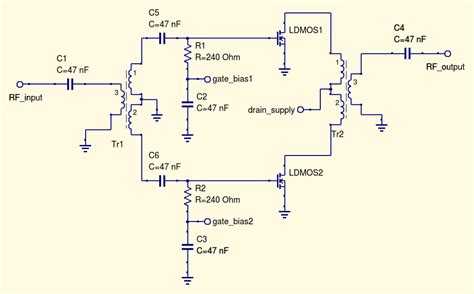
Push-Pull Amplifier-Increasing The Power Of An Input Signal
How Does a Push-Pull Amplifier Work? A push-pull amplifier consists of two transistors, one NPN and one PNP, that are connected in a complementary configuration.[…]
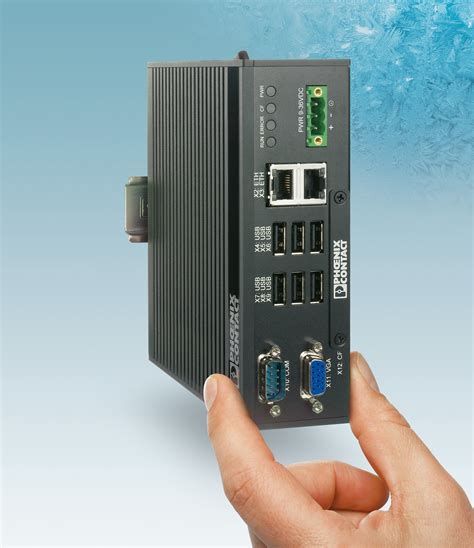
Embedded Computers- Parts, Use, Types, and Examples
What are Embedded Computers? An embedded computer, also known as an embedded system, is a computer that is integrated into a larger device or system[…]

Low Volume PCB Assembly Process Ultimate Guide
What is Low Volume PCB Assembly? Low volume PCB assembly refers to the process of assembling printed circuit boards in small batches, typically less than[…]

Flick HAT: Gesture HAT for Raspberry Pi and 3D Tracking
Introduction to Flick HAT Flick HAT is a revolutionary gesture recognition hardware designed specifically for the Raspberry Pi. This innovative HAT (Hardware Attached on Top)[…]
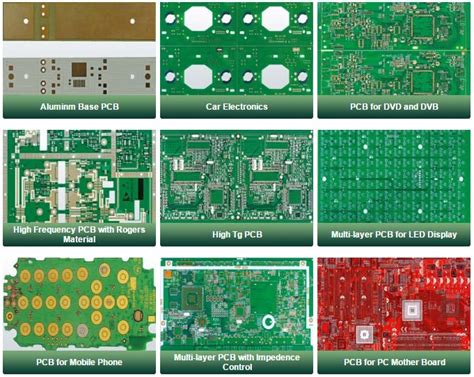
Take You To A Comprehensive Understanding of Type of Circuit Board
Introduction to Circuit Boards Circuit boards, also known as printed circuit boards (PCBs), are essential components in modern electronics. They provide a platform for electrical[…]
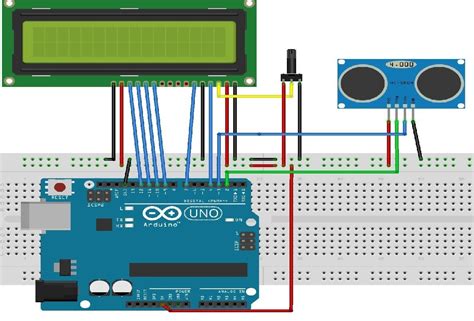
Arduino Ultrasonic Sensor-A Complete Guide on HC-SR04
Introduction to Arduino Ultrasonic Sensor An Arduino Ultrasonic Sensor, also known as the HC-SR04, is a popular and versatile sensor used in various applications, including[…]
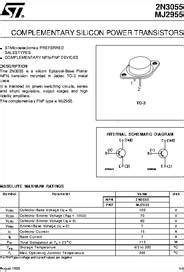
2N3055 Transistor: How to Use it, Features, And More!
What is a 2N3055 Transistor? The 2N3055 is an NPN bipolar junction transistor (BJT) designed for high-power applications. It was first introduced by RCA in[…]
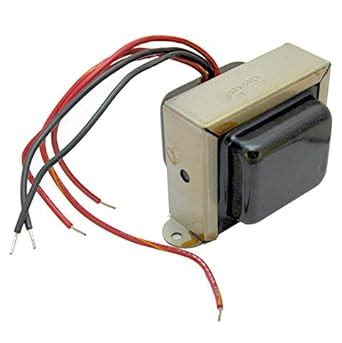
Center-Tapped Transformers: A Brief Introduction into Its Working and Applications
What is a Center-Tapped Transformer? A center-tapped transformer is a type of transformer that has a connection at the midpoint of its secondary winding, creating[…]
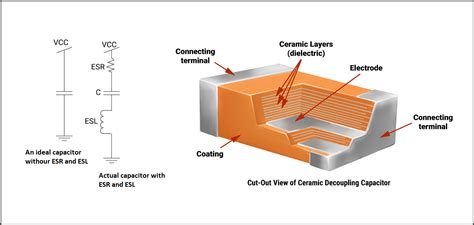
Bypass Capacitor: All you Need to Know
What is a Bypass Capacitor? A bypass capacitor, also known as a decoupling capacitor, is a type of capacitor used to minimize noise and stabilize[…]

Difference Between Potentiometer and Rheostat: A Comprehensive Comparison
Introduction Potentiometers and rheostats are two essential components in electrical and electronic circuits. While they may seem similar at first glance, they have distinct characteristics[…]